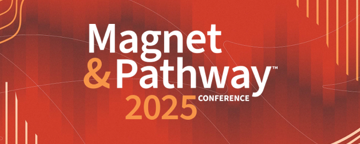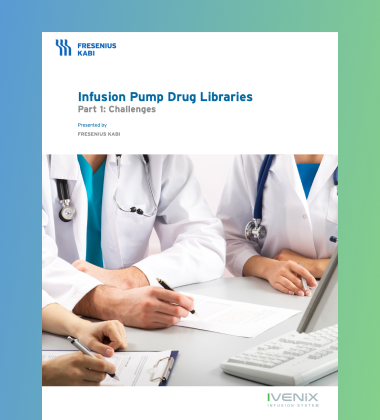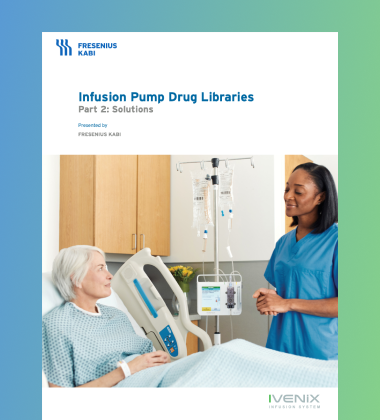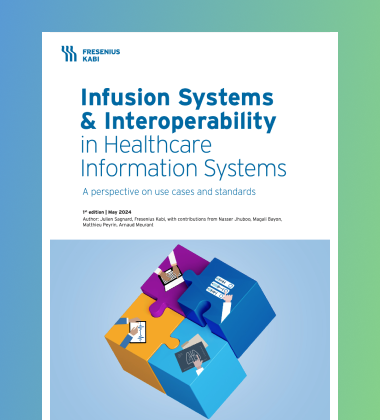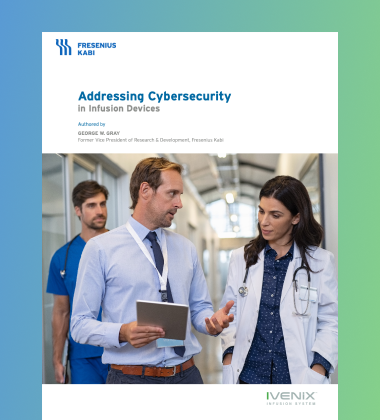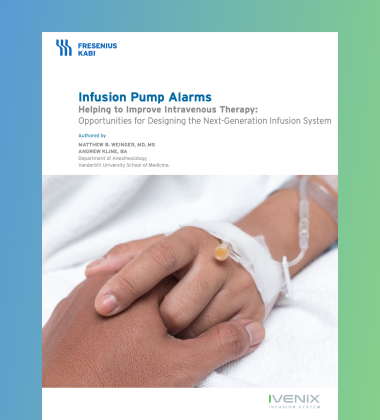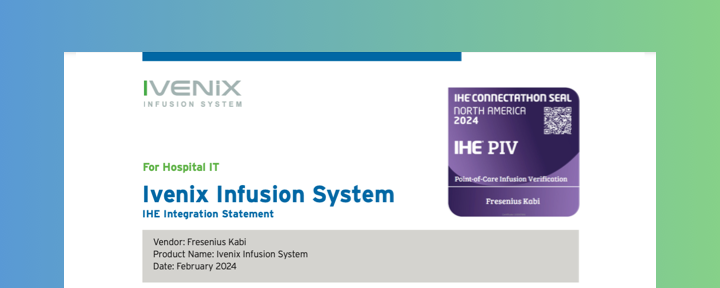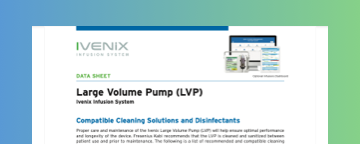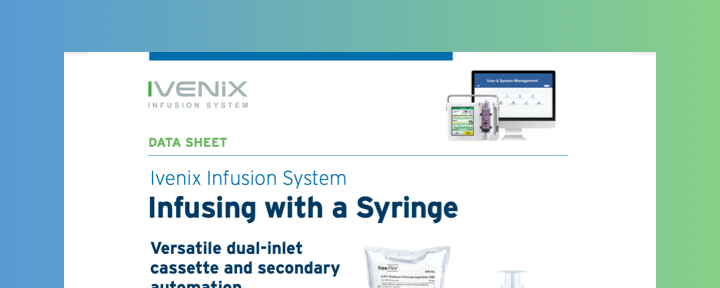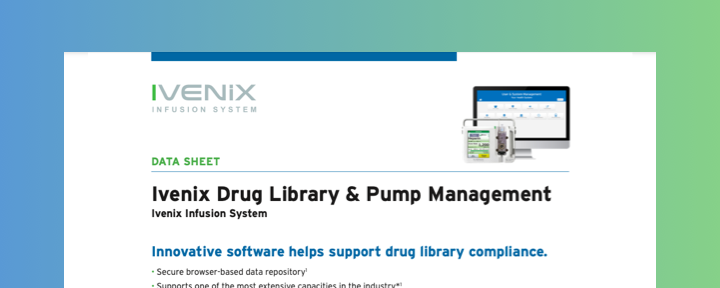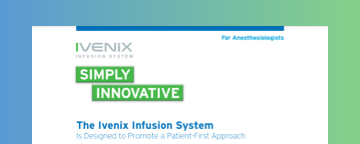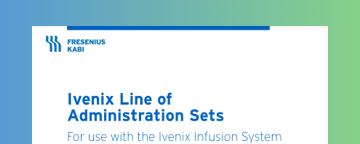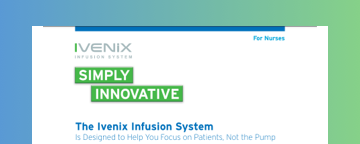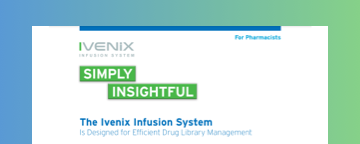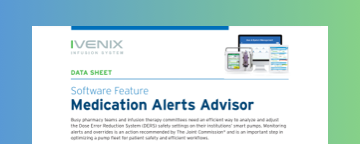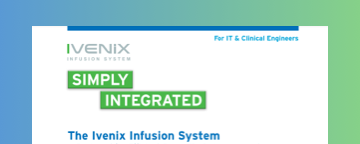News & Resources
On this page
Upcoming Events
Join Us at the 2025 ANCC Magnet Pathway Conference in Atlanta
Association for the Advancement of Medical Instrumentation: AAMI eXchange 2025
Latest News
Ivenix uses pneumatic technology to measure and control flow accurately under typical clinical conditions that may help support patient care.
Fresenius Kabi Releases Feature-Rich Software Update for Ivenix Infusion System
Fresenius Kabi Receives 2024 Trailblazer Award From Premier Inc. for Supply Chain Innovation
Fresenius Kabi and Mayo Clinic Enter into Multiyear Supply and Service Agreement for the Ivenix® Infusion System
Fresenius Kabi Named 2023 Supplier Partner of the Year by Vizient
Fresenius Kabi Selected for Second Consecutive Year to Exhibit the Ivenix Infusion System at Vizient Innovative Technology Exchange
Virginia Oncology Associates Chooses the Ivenix Infusion System from Fresenius Kabi
Metrodora Institute, a Leader in Treating Complex Conditions, Chooses the Ivenix Infusion System from Fresenius Kabi
Fresenius Kabi Awarded Breakthrough Technology Agreement with Premier, Inc. for the Ivenix Infusion System
Vizient Innovative Technology Contract Awarded to Fresenius Kabi for the Ivenix Infusion System
White Papers
White Paper No. 3336
Infusion Pump Drug Libraries - Part 1: Challenges
The wide variety of problems presented by smart pumps can have adverse impacts on an organization’s staff time, costs, and most important, patient safety. There are numerous challenges with drug libraries, such as bypassing drug libraries, balancing limits and alert fatigue, cumbersome drug library development, long and inefficient update process, underutilization of data, and missed quality improvement opportunities. Fortunately, where there are challenges, there are possibilities to implement solutions that can help to improve efficiency and safety.
White Paper No. 3337
Infusion Pump Drug Libraries - Part 2: Solutions
Drug libraries are one of the core elements of today’s smart pumps and contain vital information about a hospital’s drug formulary, administration protocols, related clinical advisories, and much more. With innovation and careful planning, they can be optimized to leverage this important information in ways that can help prevent medication errors, support patient safety, and aid in a more efficient workflow in a busy hospital environment. This white paper explores how many drug library challenges can be solved with drug library innovations.
White Paper No. 4966
Infusion Systems & Interoperability in Healthcare Information Systems: A perspective on use cases and standards
This white paper covers:
- Standardization of communication protocols vital to infusion system interoperability
- Main use cases, such as auto-documentation, auto-programming, communication of alarms, patient data, and IHE profiles applicable to infusion systems
- Going beyond the basics with topics such as consolidating alarms, point-of-care patient context, and applicability of standards
- The outlook for standard interoperability
White Paper No. 3487
Addressing Cybersecurity in Infusion Devices
As medical devices become more connected, they are more vulnerable to hackers who may wish to compromise or control that device, or even use it as an entry point to more broadly attack the health care network. These concerns are getting increasing attention in the media, the FDA, and within the U.S. federal government. This white paper covers strategies for addressing these concerns in infusion devices.
White Paper No. 3558
Infusion Pump Alarms & Helping to Improve Intravenous Therapy: Opportunities for designing the next-generation infusion system
This white paper highlights some of the existing pitfalls in infusion pump usability and offers human factors-based guidance for next-generation designs. It focuses on alarms management, initiatives to diminish the number of insignificant pump alarms, and recommendations for alarm design.
